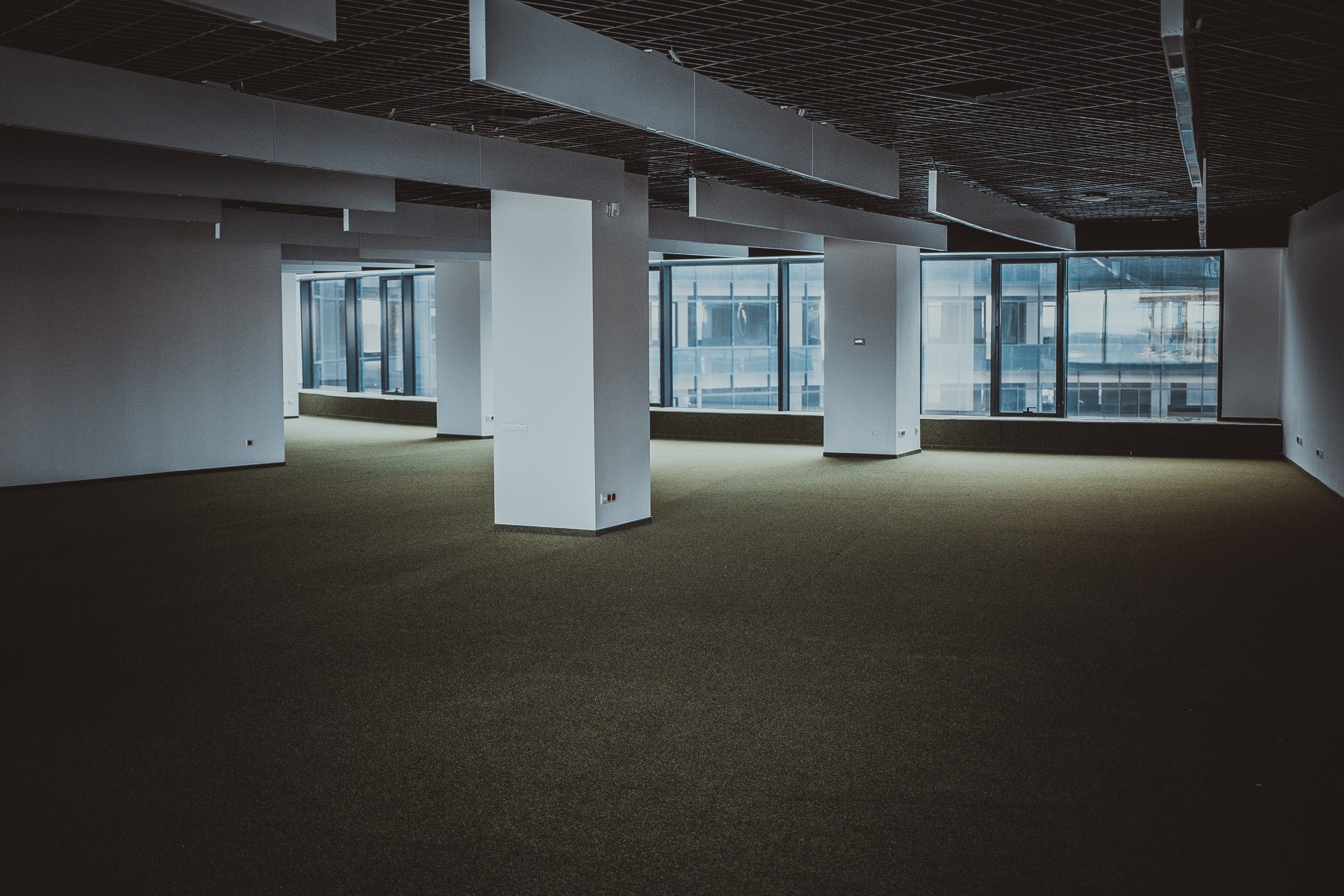
28 Sep Do You Need Underlay in Commercial Carpet?
What is Underlay?
Before diving into the necessity of underlay for commercial carpet, it’s important to understand what underlay is. In simple terms, underlay is a layer of cushioning that sits between the carpet and the floor. It’s usually made from foam, rubber, or other soft materials. The main function is to provide additional comfort, durability, and insulation.
Benefits of Underlay in Commercial Settings
Improved Comfort
One of the foremost benefits of adding underlay is improved comfort. A plush layer beneath the commercial carpet makes the floor more comfortable to walk on. This is particularly crucial in settings where people stand for extended periods.
Enhanced Durability
Commercial carpets are exposed to heavy foot traffic, leading to quick wear and tear. An underlay can reduce the impact on the carpet, extending its lifespan. This is not only cost-effective but also less disruptive as you won’t need to replace the carpet often.
Sound Insulation
Noise reduction is another plus point. In busy commercial environments like offices or retail spaces, noise can be a distraction. Underlay helps in reducing the transfer of sound, making for a quieter workspace.
Thermal Efficiency
If you’re looking to make your commercial space more energy-efficient, underlay is a great choice. It acts as an additional layer of insulation, helping to maintain temperature levels. This can ultimately reduce energy costs.
Skipping Underlay
Already Cushioned Commercial Carpet
Some types of commercial carpet come with a built-in layer of cushioning. In such cases, adding underlay might be redundant. Check the manufacturer’s specifications to determine if an additional layer is necessary.
Budget Constraints
While the benefits of underlay are significant, there’s also the aspect of added cost. Businesses on a tight budget may opt to forgo this extra layer to cut down on initial expenses.
Short-Term Use
For short-term events or temporary setups, you might find it more practical to skip the underlay. In these cases, you likely won’t get the full benefits of underlay, so it becomes an expense you can avoid.
How to Choose the Right Underlay
Material
The material of the underlay is critical. Foam and rubber are common choices for commercial carpet, each with its unique advantages. Foam is generally cheaper and lighter, while rubber offers better sound and thermal insulation.
Thickness
Choosing the right thickness is a balancing act. Too thick, and you might encounter issues with doors not opening easily; too thin, and you might compromise on comfort and durability.
Density
The density of the underlay, indicated in pounds per cubic foot, reveals how firm it is. A higher density is generally better for commercial settings, as it offers greater resilience against constant foot traffic.
To Underlay or Not to Underlay?
So, is underlay necessary for commercial carpet? The answer largely depends on your specific needs, budget, and the type of commercial carpet you choose. If long-term comfort, durability, and efficiency are high on your list of priorities, investing in quality underlay is advisable. On the other hand, if you’re on a tight budget or the carpet is intended for short-term use, you should think about skipping it for now.
To make an informed decision, consult with professionals who can assess the specific requirements of your commercial space and guide you in the right direction. This way, you’ll be well-equipped to make a choice that ensures both comfort and longevity for your commercial carpet.



